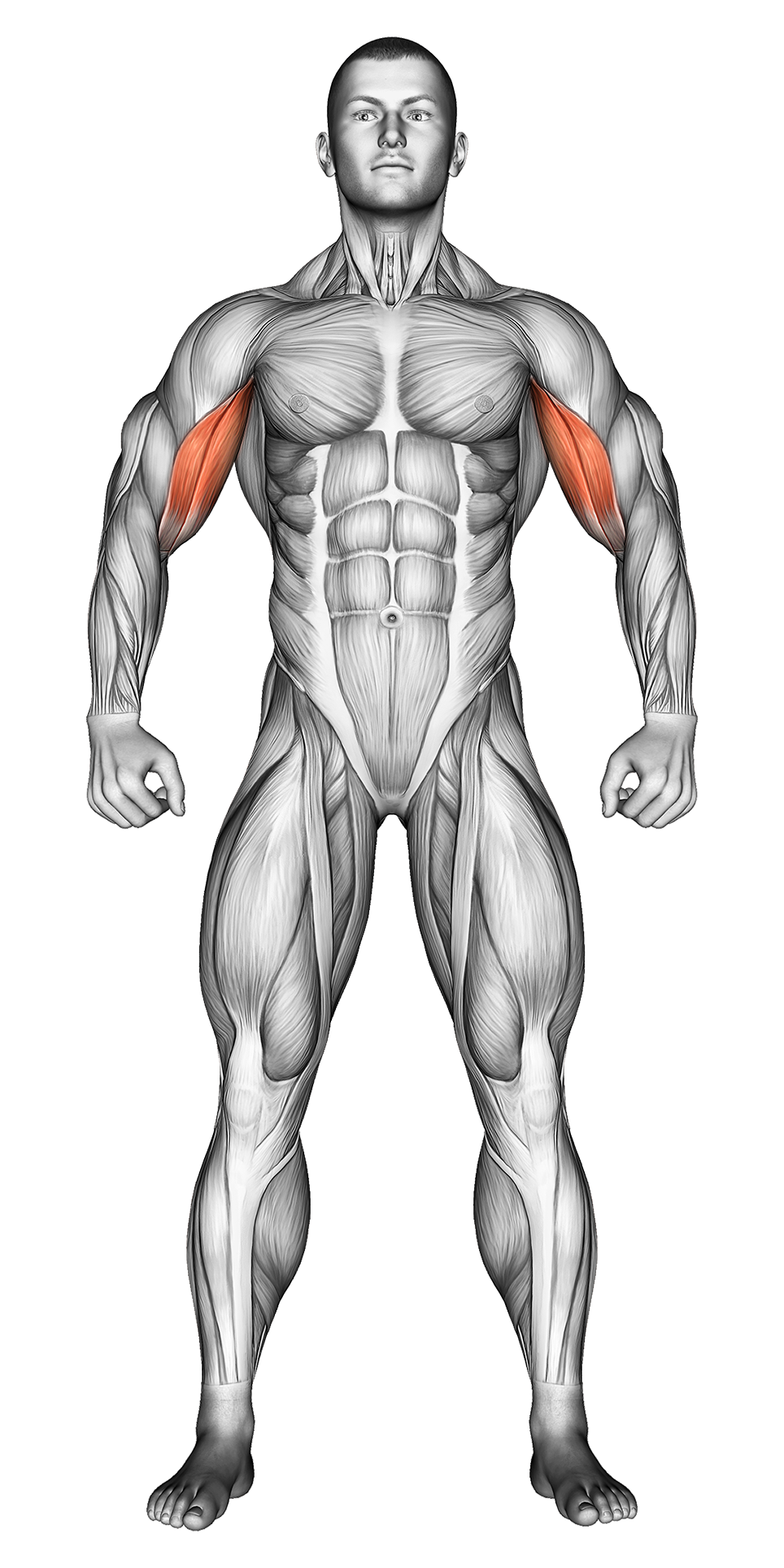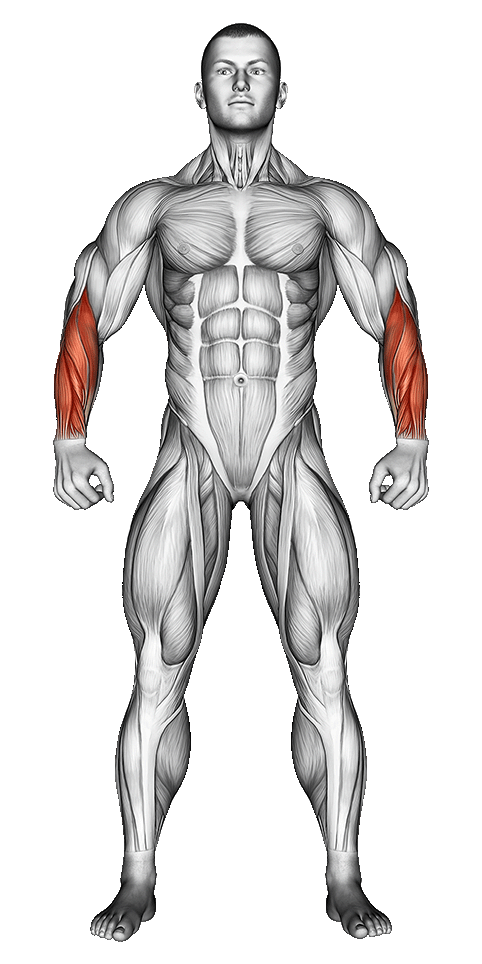Alternating Standing Dumbbell Curl: Video Tutorial & Exercise Guide

Written By: Ether Brown
Updated: Oct 13, 2024
| Workout | Alternating Standing Dumbbell Curl |
| Primary Muscle Group | Biceps |
| Secondary Muscle Group | Forearms |
| Equipment Required | Dumbbell |
| Force Type | Pull |
| Mechanics | Isolation |
| Exercise Type | Strength |
| Difficulty | Beginner |
Alternating Standing Dumbbell Curl: Video Tutorial & Exercise Guide
- 1.Alternating Standing Dumbbell Curl: Muscle Groups
- -1.1Primary Muscle Group
- -1.2Secondary Muscle Group
- 2.Alternating Standing Dumbbell Curl: Step-by-Step Guide
- 3.Alternating Standing Dumbbell Curl: Overview
- 4.Alternating Standing Dumbbell Curl: Benefits
- 5.Alternating Standing Dumbbell Curl: Pro Tips & Advanced Techniques
- 6.Alternating Standing Dumbbell Curl: Progression Plan
- 7.Alternating Standing Dumbbell Curl: Frequently Asked Questions (FAQs)
Secondary Muscles Group
Alternating Standing Dumbbell Curl: Step-by-Step Guide
- Step 1: Stand with your feet shoulder-width apart, holding a dumbbell in each hand with your arms fully extended at your sides. Your palms should be facing inward (neutral grip).
- Step 2: Engage your core and keep your elbows close to your body as you begin to curl the dumbbell in your right hand. Rotate your wrist as you lift so that your palm is facing up by the time the dumbbell reaches shoulder height.
- Step 3: Squeeze your bicep at the top of the curl, then slowly lower the dumbbell back to the starting position while maintaining control.
- Step 4: Immediately repeat the movement with your left arm, curling the dumbbell while rotating your wrist and keeping your elbows stationary.
- Step 5: Continue alternating between arms, performing the desired number of reps for each side while maintaining good form.
Alternating Standing Dumbbell Curl: Overview
The Alternating Standing Dumbbell Curl is a classic bicep exercise that targets the biceps brachii while also engaging the forearms and shoulders. By alternating between arms, you allow each arm to work independently, helping to correct imbalances and improve overall arm strength.
This exercise is ideal for anyone looking to build upper arm strength, improve muscular endurance, or tone the biceps. It can be performed with various dumbbell weights, making it suitable for all fitness levels.
Alternating Standing Dumbbell Curl: Benefits
The Alternating Dumbbell Curl is highly effective at building strength and definition in the biceps. Alternating between arms helps to focus on each arm individually, reducing the risk of muscle imbalances.
This exercise also engages the forearms and stabilizer muscles in the shoulders, contributing to better grip strength and shoulder stability. It's a versatile exercise that can be easily adjusted by changing the weight of the dumbbells.
Additionally, the alternating motion provides the benefit of continuous tension on the muscles, as one arm rests while the other works, helping to maximize muscle activation and endurance.
Alternating Standing Dumbbell Curl: Pro Tips & Advanced Techniques
Keep your elbows stationary throughout the movement to avoid using momentum. Focus on controlling the lowering phase (eccentric movement) to get the most out of the exercise. For an added challenge, try performing the curls slowly or using heavier weights with fewer reps. Ready to build those biceps? Let’s curl!
Alternating Standing Dumbbell Curl: Progression Plan
Beginner
Intermediate
Advanced
Alternating Standing Dumbbell Curl: Frequently Asked Questions (FAQs)
What muscles do Alternating Standing Dumbbell Curls target?
+This exercise primarily targets the biceps brachii, but it also engages the forearms and shoulder stabilizer muscles.
Can beginners perform Alternating Standing Dumbbell Curls?
+Yes, beginners can perform this exercise with lighter weights to focus on mastering proper form. Start slow and progressively increase the weight as your strength improves.
How can I make Alternating Standing Dumbbell Curls more challenging?
+To increase the difficulty, use heavier dumbbells, slow down the lowering phase, or increase the number of reps. You can also try adding a pause at the top of the curl for extra muscle engagement.
How often should I include Alternating Dumbbell Curls in my routine?
+Include this exercise 2-3 times a week as part of your upper body workout. It pairs well with other arm and shoulder exercises to create a balanced routine.
What common mistakes should I avoid?
+Avoid using momentum or swinging the dumbbells. Focus on controlled, steady movements, and keep your elbows stationary to maximize bicep engagement.
Share
Don’t Wish for It, Work for It – Join the FlexXP Newsletter Today!
Thank you for signing up for the FlexXP Newsletter!
This site is protected and the Google Privacy Policy and Terms of Service apply.

